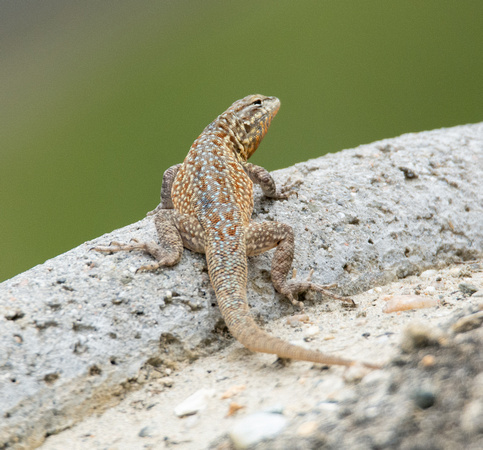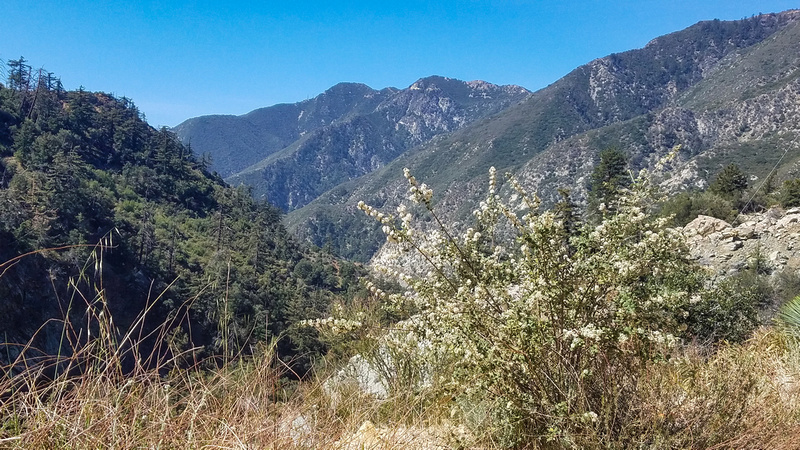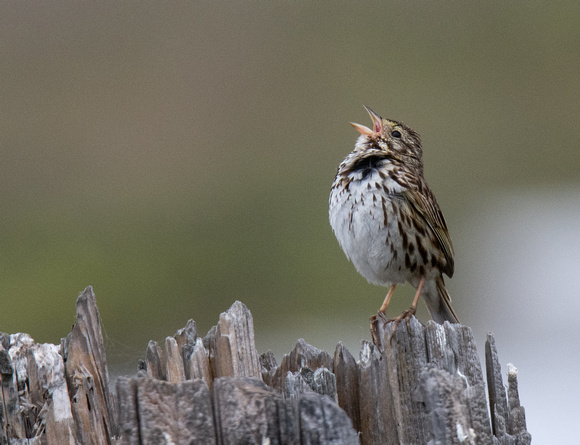Sights of April 2021 - Go home and go small
Spring bird action includes courtship, nest building, migrating birds, and hummingbirds! It has been very dry yielding not many spring flowers, except in watered gardens. I ventured into Orange County. Huntington Central Park once again was popping with Pride of Madeira attracting a charm of hummingbirds. A surprise Calliope Hummingbird showed up. San Joaquin Marsh is always a delight, especially for nesting Tree Swallows. I went to Dana Point with my husband and I had us stop on the island for a view of the Masked Booby. Afterwards we ate out at a cafe. It was only the fourth time in a year we have eaten out. With both of us vaccinated, it was a treat.
They say "Go big or go home", so I went home and went small. I spent some time in my yard with my Macro lens. It started when I was watching Valley Carpenter Bees going in and out of the home they have made in our old fig tree. I even tried my hand at some video. I had a great time watching them, but a hard time capturing them on camera. I saw an alligator lizard successfully grab a bee. By the time I saw it, and ran to get my camera, the action was over. He saw me and decided one bee was enough for the moment and quickly dashed away. As long as I had my camera, I went around my yard and shot a few more tiny critters.
I got to use my Macro lens again when I tried to solve a mystery. Some friends and I noticed that some Tipu Trees sometimes attract large numbers of birds, especially warblers. In Spring migration, one patch has had so many birds we named it "Tipu Corner". Once we noticed this bird magnet, we started mapping out the Tipu Trees in Long Beach, and quickly found that they are almost everywhere. These non-native ornamental trees are from South America and can lose their leaves late winter through spring. However, not all the trees were losing their leaves, and only some trees were birdy. It raises lots of questions about this tree. I'm not much of a plant person, so don't know much about the tree. However, I did discover that birds are not much interested in the tree. They are interested in the insects that are infesting them. I knew warblers are insectivores but never saw the insects, until I photographed a Hermit Warbler eating little white things. I did some research and also looked back at my photos of the Black-throated Green Warbler I photographed in Tipu trees in February. Sure enough, there were the same white bits and similar leaf damage. I went and collected some of the leaves at Tipu Corner and whipped out my macro lens. Mystery solved. Tipu Psyllids Platycorypha nigrivirga were found in San Diego in 2008 and have spread. As their name implies, they are associated with Tipu Trees, like Redgum Lerp Psyllids Glycaspis brimblecombei are associated with Eucalyptus (or "lerpy eucs" as we refer to them). The Eucalyptus psyllid/bird relationship has been well known since the 1990's. Psyllids feed by sucking on the leaves and stems for the plants. They create white waxy coatings and honeydew as they process the plant material. Each tiny insect grows by a series of molts until the final adult has wings and can disperse. The damage caused by these insects can cause the Tipu trees to drop their leaves prematurely. Their numbers surge in spring. This explains why some Tipu trees lose their leaves at different times and only some have birds, because they are infested. I guess the trick is to look for the trees with damage to find the birds.
I went to the shore the day after a grunion run to see birds eating the eggs. Grunion fish come up on shore at night on the very highest of tides to lay their eggs buried in the sand until the next very high tide. Birds have a feeding frenzy. However, I got there too late the next morning and the trucks were grooming the sand and and the dog walkers were about. Not many birds, but I found myself fascinated with the patterns in the sand left by water flow and also some squiggles left by the grunion in their midnight rendezvous on the beach.
From the coast to the mountains, Spring is an active time. I enjoyed a whale watching trip with a few friends, all birders. We hoped for pelagic birds and saw a few very distantly. A couple of fin whales provided the main entertainment. Early in the month I went to the mountains. It was very refreshing to see some different birds that we don't get by the coast.
I helped with my usual wetlands survey. It was uneventful, but I saw my first of the season Vaux's Swifts. Over the next few days I saw many more. They are harder to photograph than swallows. The name 'swift' is for a reason. I also helped out the Rancho Los Cerritos with their first time participation in the annual City Nature Challenge. A highlight for me was a Western Fence Lizard pooping and wiping its butt on the sand. Also there was a very large bumblebee with an orange butt. It was new for me. It is an endangered species Crotch's Bumble Bee - Bombus crotchii.
It has been a very busy month. A friend once told me that I need to retire from retirement. I at least need a few days to clean my house and pay bills. Oh, wait, I think I see a bird out the window, I need to grab my camera...
Watch the slideshows or click on the links to look through at your own pace. Links open in a new tab.
Enjoy the show! I always appreciate corrections to ID's.
Local Stuff: https://kimssight.zenfolio.com/new_apr-2021
San Gabriel Mountains: https://kimssight.zenfolio.com/barrett-stoddard_apr-2021
Los Cerritos Wetlands bird survey: https://kimssight.zenfolio.com/hellman_apr-2021
Ranch Los Cerritos City Challenge : https://kimssight.zenfolio.com/rancho_city_challenge_2021




